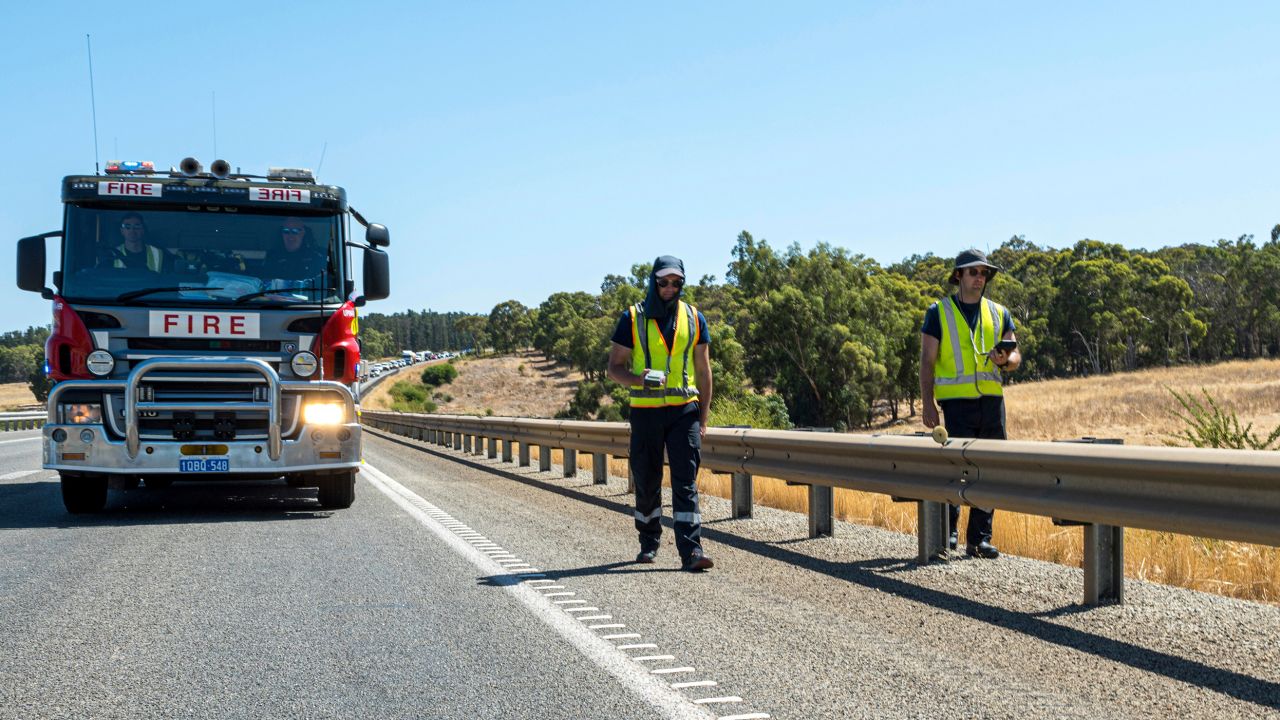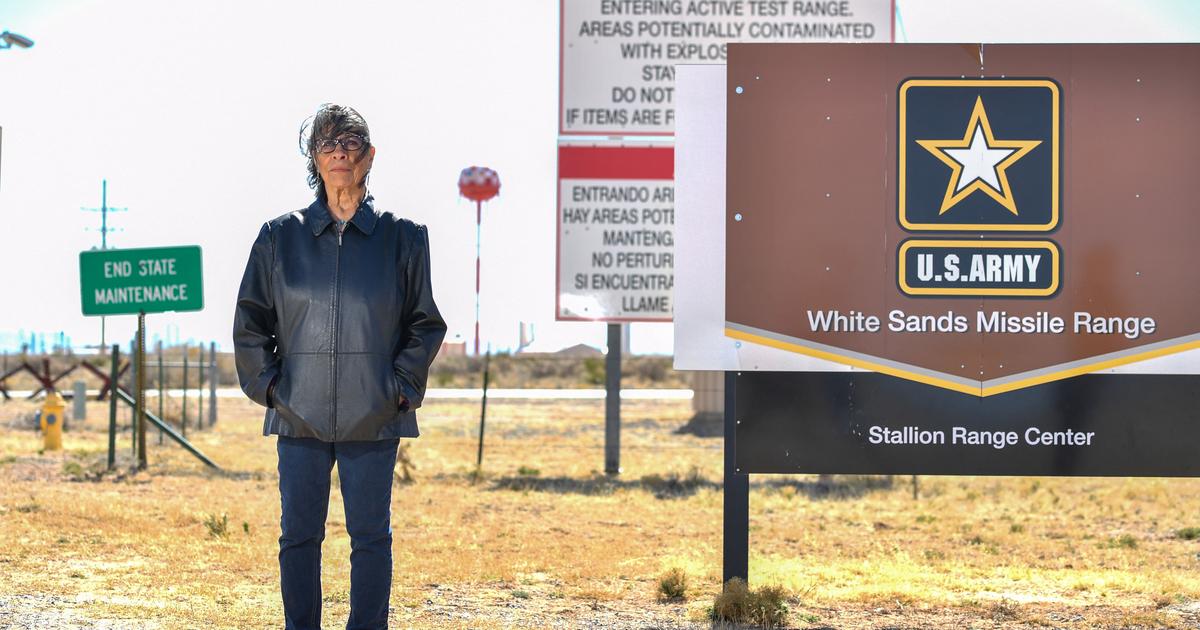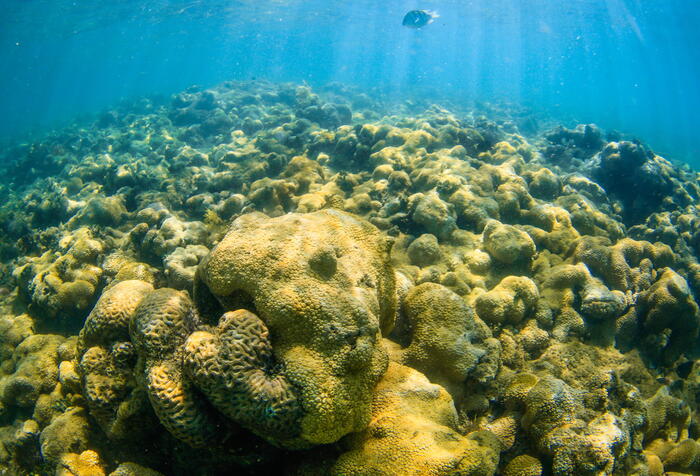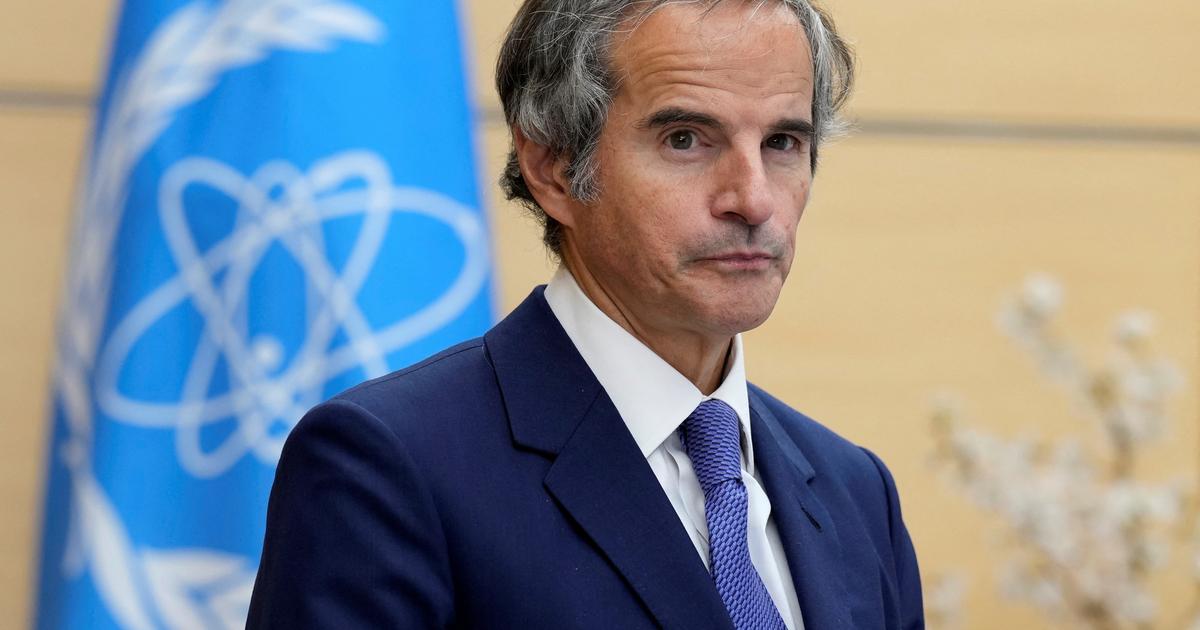Japan to dump radioactive water from Fukushima into the ocean 0:45
(CNN) --
It's like looking for a needle in a haystack: an 8mm by 6mm silver capsule, no bigger than a quarter, believed to be missing somewhere along a stretch of vast highway. desert in Australia's largest state.
The Rio Tinto mining company issued an apology on Monday saying it was supporting the state government's efforts to find the capsule, which contains cesium-137, a highly radioactive substance used in mining equipment.
Western Australian state authorities are searching for a small radioactive capsule believed to have fallen from a truck.
(Department of Fire and Emergency Services/AP)
Rio Tinto said it had checked all roads in and out of the Gudai-Darri mine site in the remote north of Western Australia, where the device was located before a contractor collected it for the journey south to the capital of Australia. state, Perth.
They find radioactive material in a Missouri elementary school with "unacceptable" levels of contamination
Hardee Lakes, the Florida park besieged by radioactive rocks
Why are radioactive sources stolen in Mexico and what are they used for?
Authorities believe the capsule, which emits gamma and beta rays, fell from the back of a truck traveling along an 870-mile (1,400-kilometer) stretch of the Great Northern Highway, a distance longer than the California coast.
Due to the capsule's diminutive size and the vast distances involved, authorities warn that the chances of finding it are slim.
And it is feared that it has already moved further from the search area, creating a radioactive health risk for anyone who comes across the device for the next 300 years.
advertising
How did it disappear?
State authorities raised the alarm on Friday, alerting residents to the presence of a radioactive spill in a southern swath of the state, including the northeastern suburbs of Perth, the state capital, home to around 2 million people.
An illustration provided by the Western Australia Department of Health shows the size of the capsule compared to a coin.
(Western Australia Department of Health)
According to authorities, the capsule was placed inside a package on January 10 and picked up by a contractor at Rio Tinto's Gudai-Darri mine on January 12.
The vehicle spent four days on the road, arriving in Perth on January 16 but only unloaded for inspection on January 25, when it was found to be missing.
“Upon opening the package, the meter was found to be broken and one of the four mounting bolts was missing and the source and all the meter screws were also missing,” the Department of Fire and Emergency Services (DFES) said.
They believe that strong vibrations caused by bumpy roads damaged the pack, dislodging a mounting bolt that was holding it in place.
How dangerous is it?
Experts have warned that cesium-137 can create serious health problems for humans who come in contact with it: skin burns from close exposure, radiation sickness, and potentially fatal cancer risks, especially for those unknowingly exposed during Long periods of time.
Radiation Services WA, a company that provides advice on radiation protection, says that staying within a meter of the capsule for an hour would generate about 1.6 millisieverts (mSv), as much as about 17 standard chest x-rays.
Picking up the capsule would cause "serious damage" to the fingers and surrounding tissue, the company said in a statement.
Ivan Kempson, Associate Professor of Biophysics at the University of South Australia, said the worst case scenario would be a curious child picking up the capsule and putting it in his pocket.
“This is rare but it could happen and has happened before,” Kempson said.
"There have been some previous examples of people finding similar things and getting radiation poisoning, but they were much stronger than the current missing capsule."
"We are all exposed to a constant level of radiation from the things around us and the food we eat, but the main concern right now is the potential health impact on the person who would find the capsule."
State authorities are searching for the capsule along a stretch of the Great Northern Highway in Western Australia.
(Department of Fire and Emergency Services/AP)
How rare is it to lose a radioactive device?
The incident has surprised experts who said the handling of radioactive materials such as cesium-137 is highly regulated with strict protocols for its transport, storage and disposal.
Rio Tinto said it regularly transports and stores dangerous goods as part of its business and hires expert contractors to handle radioactive materials.
The tiny capsule was part of a density meter used at the Gudai-Darri mine to measure the density of iron ore feed into the crushing circuit, he said in a statement.
Radiation Services WA says that radioactive substances are transported through Western Australia on a daily basis without any problems.
"In this case, there seems to be a failure in the control measures that are normally implemented," he said, adding that he had nothing to do with the loss of the capsule.
Pradip Deb, a professor and radiation safety officer at RMIT University in Melbourne, said the loss of the capsule was "very unusual" as Australian safety regulations require it to be carried in highly protective cases.
The name of the logistics company used to transport the device has not been disclosed, Rio Tinto said.
What is happening with the search?
Authorities are trying to find the device with specialized radiation detection equipment installed to look for vehicles moving slowly down the highway in both directions at 50 kilometers per hour (31 miles per hour).
“It will take approximately five days to travel the original route,” DFES said in a statement on Monday.
Dale Bailey, a professor of medical imaging science at the University of Sydney, said the slow speed was necessary to give the team time to detect the radiation.
“Radiation detectors on moving vehicles can be used to detect radiation above natural levels, but the relatively low amount of radiation at the source means they would have to 'sweep' the area relatively slowly,” he said.
Authorities warned members of the public not to come within five meters of the device, though they acknowledged it would be difficult to see from a distance.
“What we're not doing is trying to find a small device with the naked eye.
We are using radiation detectors to locate the gamma rays," DFES officials said.
But there are fears that it is no longer within the search zone: Authorities say the capsule may have become lodged in the tire of another vehicle, carrying it a greater distance, or even dispersed by wild animals, including birds.
“Imagine if it were a bird of prey, for example, that picks up the capsule and carries it out of the (original) search area, there are so many uncertainties and it will pose more problems,” said Dave Sweeney, a nuclear policy analyst and advocate for the media. environment at the Australian Conservation Foundation.
"Obviously this source needs to be recovered and protected, but there are so many variables and we just don't know what could happen."
A conveyor belt transports iron ore at the Gudai-Darri mine, operated by Rio Tinto, in the Pilbara region of Western Australia, on June 21, 2022. (Carla Gottgens/Bloomberg/Getty Images)
What happens if it is not found?
Cesium-137 has a half-life of about 30 years, which means that after three decades the radioactivity in the capsule will halve, and after 60 years it will halve again.
At that rate, the capsule could be radioactive for the next 300 years, said Deb of RMIT University.
"Cesium-137 is normally a sealed source, which means that if it doesn't break down, it won't contaminate the soil or the environment... If the capsule is never found, it won't contaminate or transfer radioactivity to the surrounding soil," he added. Deb.
Kempson, from the University of South Australia, said that if it were lost in an isolated area, "it would be very unlikely to have much of an impact."
Rio Tinto, one of the world's largest mining giants, operates 17 iron ore mines in the Pilbara region of Western Australia.
The company's mining activities have caused controversy in the past, including the 2020 destruction of two ancient rock shelters in the Juukan Gorge, which led to an apology and the resignation of then-CEO Jean-Sébastien Jacques.
With previous reports from CNN's Amarachi Orie
Radioactive material alert







